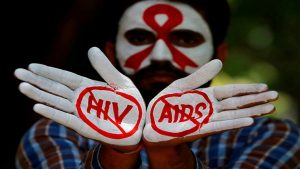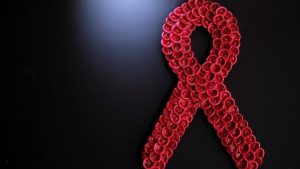The Human Sciences Research Council (HSRC) says KwaZulu-Natal has the highest percentage of people with a viral load suppression among those living with HIV in South Africa. This data emerged in its 2022 South African HIV Prevalence, Incidence, Behaviour and Communication Survey.
The results have been presented in Durban ahead of World Aids Day on 1 December.
According to the UNAIDS Global Aids report of 2022, of the 38-million people living with HIV globally, South Africa remains the epicentre of the pandemic with 8-million people living with the virus. This is despite South Africa having the world’s largest ARV treatment programme in the world.
KwaZulu-Natal carries the bulk of these infections. As the country commemorates World Aids Day this week, the Human Sciences Research Council says the country should be concerned about provinces with low viral suppression rates.
They are the Western Cape, Limpopo, the Northern Cape and Gauteng.
Viral suppression is indicative of adherence to treatment and reduced HIV transmission risk.
“Provinces such as the North West, Limpopo , Western Cape and the Northern Cape, they had fewer people living with HIV which is good but also fewer of those people are virally suppressed. This means we have this group of people living with HIV, few of them but they are not virally suppressed which means they are likely to spread the virus and that is what we need to deal with,” said Executive Director at the HSRC Professor Khangelani Zuma.
The report also revealed that KZN has the highest number of HIV cases in the country:
Data also pointed to HIV prevalence among adults from about 15 years. “We have a problem amongst young people as far as viral suppression is concerned. Actually, here it is shown clearer, you can see that overall, 15 to 24 -year- olds they are the least to be virally suppressed at 70 % compared to 80, 79 and 81 so we do need to work hard to improve the levels of viral suppressions amongst young ones,” Professor Zuma elaborates.
She added that the most impactful way to stop new HIV infections is to break the cycle of older men having sex with young girls.
“The problem that we have as a society age, desperate sexual relationships, young girls having sexual contact with older males. Also, these young girls being sexually transmitted much earlier than boys. If you look at the boys, they all catch up at a later stage. At a later stage when these young girls settle down and get married to young men or have stable relations then these males have been negative end up getting infected , they start catching up at a later stage, now that is the cycle of the HIV epidemic that we need to break.”
At the SA Aids Conference earlier this year, scientists and healthcare workers reiterated that young women remain the most vulnerable to the disease. They make up a third of all new infections.
The research and the development of preventative interventions specifically here is a key priority.






